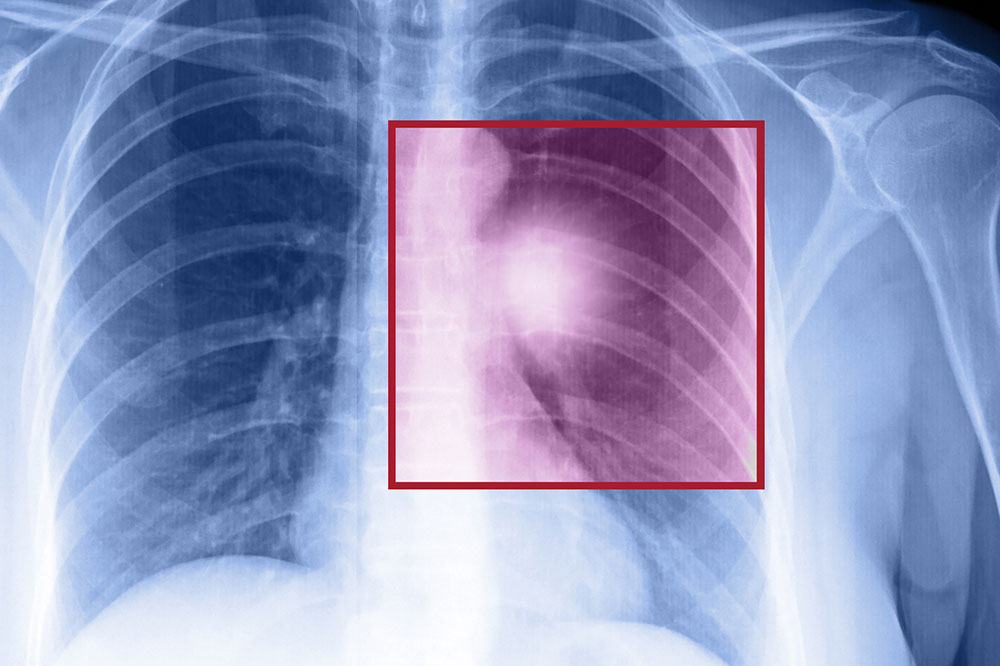Complete Overview of Parkinson's Disease: Recognizing Symptoms, Causes, and Risk Factors
This detailed guide offers valuable insights into Parkinson's disease, covering its early symptoms, causes, risk factors, and the importance of early diagnosis. It emphasizes recognizing subtle signs and seeking prompt medical evaluation to manage the disease effectively, improving patients' quality of life and outlook.

Understanding Parkinson's Disease: Symptoms, Causes, and Risk Factors
Parkinson's disease is a complex, progressive neurological disorder that primarily affects motor functions. It is one of the most common neurodegenerative diseases worldwide, especially affecting older adults. Despite increasing awareness, many people are unaware of the early warning signs and the factors that contribute to its development. This comprehensive guide aims to shed light on how to recognize the symptoms, understand the underlying causes, and identify the risk factors associated with Parkinson's disease, facilitating earlier detection and better management.
Recognizing the Symptoms
Parkinson's disease manifests through a variety of motor and non-motor symptoms, which can vary significantly among individuals. Early symptoms are often subtle and can be mistaken for normal aging or other health issues. Recognizing these signs early is crucial for timely diagnosis and intervention. Typically, symptoms start unilaterally, meaning they affect one side of the body first, and then gradually progress to involve both sides.
Major symptoms include:
Tremors: The most recognizable symptom, often beginning as a slight tremor or shaking in the hand or fingers. This resting tremor may calm during voluntary movement but re-emerges when at rest. Over time, tremors may spread or become more pronounced, affecting daily activities.
Changes in Speech and Handwriting: Speech may become softer, monotonic, or rapid, with difficulty enunciating words. Handwriting often becomes smaller and more cramped—a condition known as micrographia. These subtle changes can be easily overlooked initially.
Muscle Rigidity: Increased muscle stiffness leads to discomfort and resistance to movement, making it difficult to perform routine tasks. Rigidity can affect any muscle group, resulting in pain or aching sensations.
Postural Instability and Balance Problems: People with Parkinson's often develop stooped postures, along with problems maintaining balance, which increases the risk of falls and injuries.
Bradykinesia or Slowness of Movement: One of the hallmark features is reduced spontaneous movement and slowed physical activity. Walking may become shuffling, and gestures may diminish. This slowing significantly impacts independence and quality of life.
In addition to these, non-motor symptoms such as sleep disturbances, depression, constipation, and sensory changes may precede motor symptoms by years, underscoring the importance of awareness and early detection.
Understanding the Causes
The precise cause of Parkinson's remains unknown, but it is generally believed to result from a combination of genetic and environmental factors. A breakdown in dopamine-producing nerve cells within the substantia nigra of the brain leads to the motor symptoms characteristic of the disease.
Key contributing factors include:
Genetic Factors: Mutations in specific genes, such as SNCA, LRRK2, PARK2, PINK1, and others, have been linked to familial Parkinson's. Although these genetic forms are relatively rare, they provide valuable insights into disease mechanisms and potential targets for therapy.
Environmental Exposures: Long-term exposure to certain toxins, such as pesticides, herbicides, and industrial chemicals, has been associated with increased risk. Rural living and farming occupations may also elevate susceptibility due to higher contact with such agents.
Research continues to investigate other potential causes, including oxidative stress, mitochondrial dysfunction, and neuroinflammation. While genetic predisposition sets the stage, environmental factors may trigger or accelerate disease onset.
Risk Factors
Understanding risk factors helps in identifying populations at higher risk, though having these factors does not guarantee disease development. Significant risk factors include:
Age: Risk increases markedly after the age of 60. Parkinson's is predominantly an age-related disorder, with incidence rising with increasing age.
Gender: Men are affected more frequently than women, with studies indicating a 1.5 times higher occurrence rate.
Genetic predisposition: A family history of Parkinson's increases risk slightly, especially if multiple relatives are affected.
Environmental Toxins: Chronic exposure to pesticides, herbicides, and certain industrial chemicals can elevate risk, emphasizing the importance of protective measures in occupational settings.
Trauma and Head Injuries: Repeated head injuries or severe trauma may increase susceptibility, although evidence remains inconclusive.
Early identification of symptoms and risk factors is essential for preventing complications and enhancing the quality of life. While current treatments do not cure Parkinson's, they can help manage symptoms effectively. Medication, physical therapy, and in some cases, surgical interventions like deep brain stimulation can significantly improve patients' daily functioning.
If you or a loved one notice early signs such as tremors, rigidity, or movement difficulties, consulting a neurologist promptly can lead to early diagnosis and tailored treatment plans. Ongoing research aims to uncover better therapies and understand the intricate pathophysiology of this debilitating disease.





